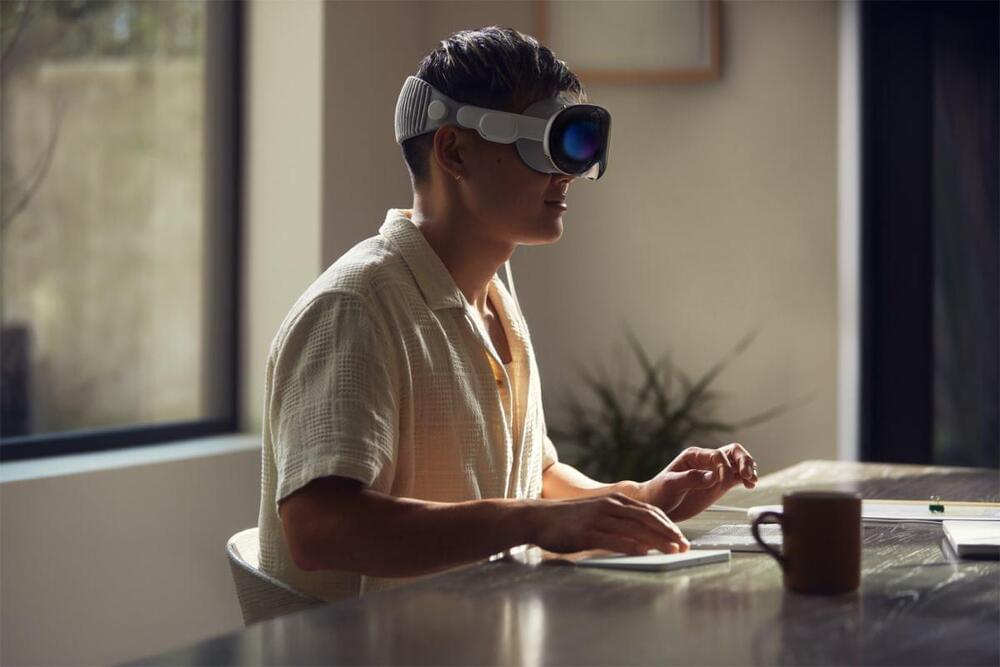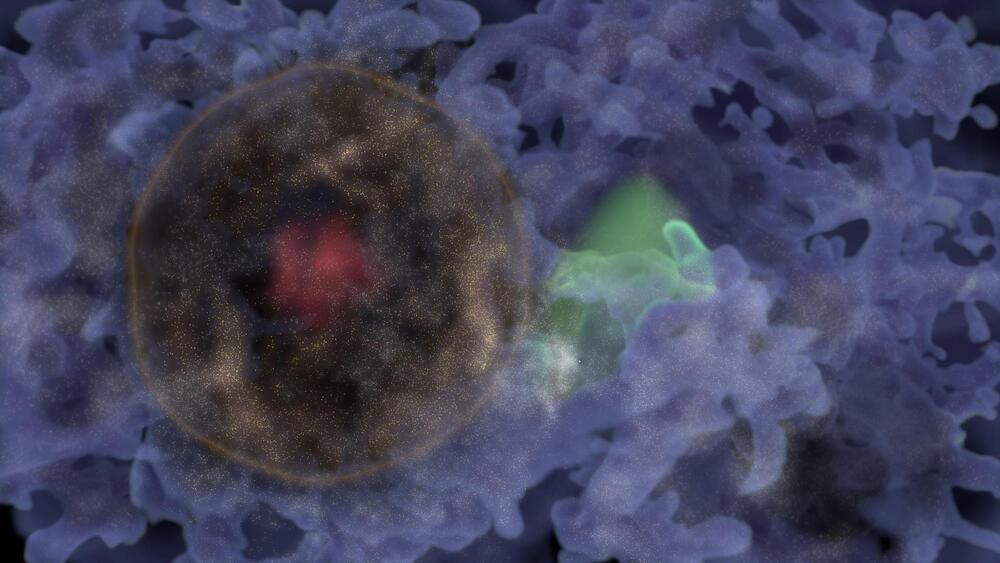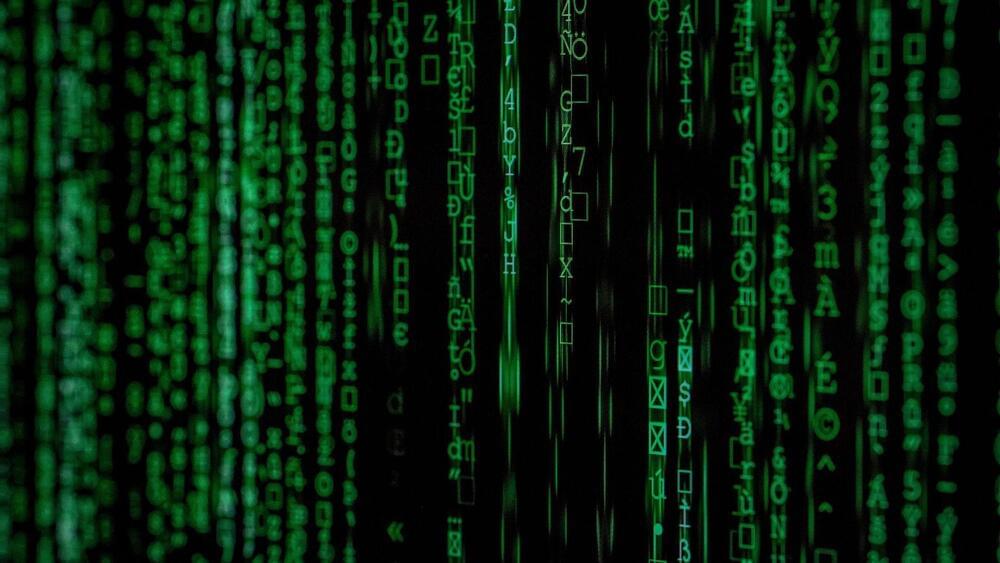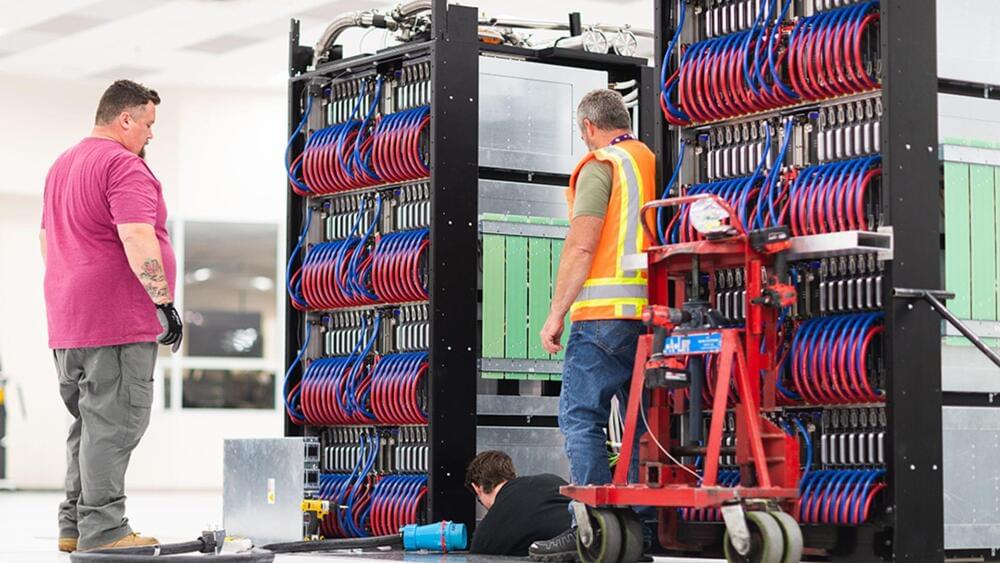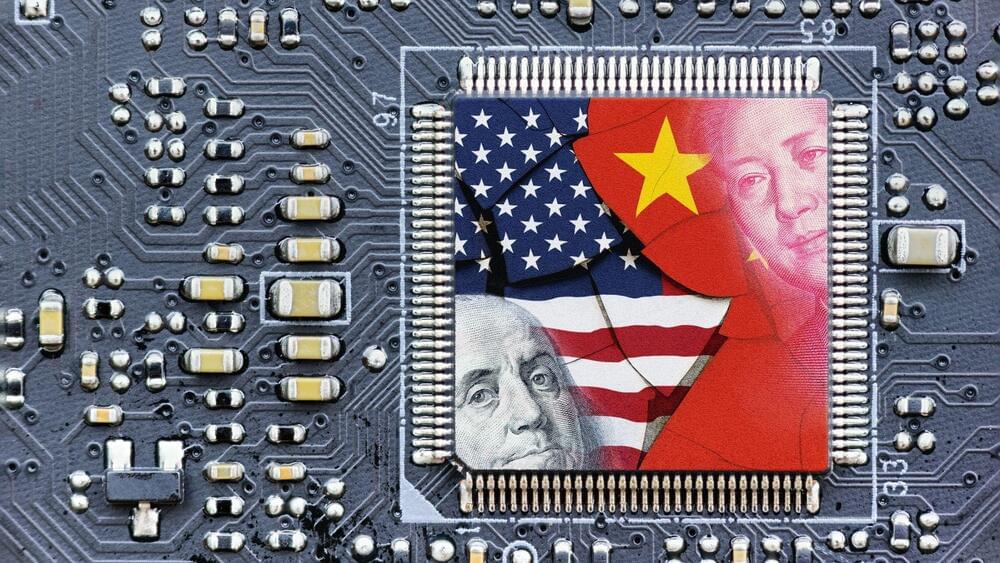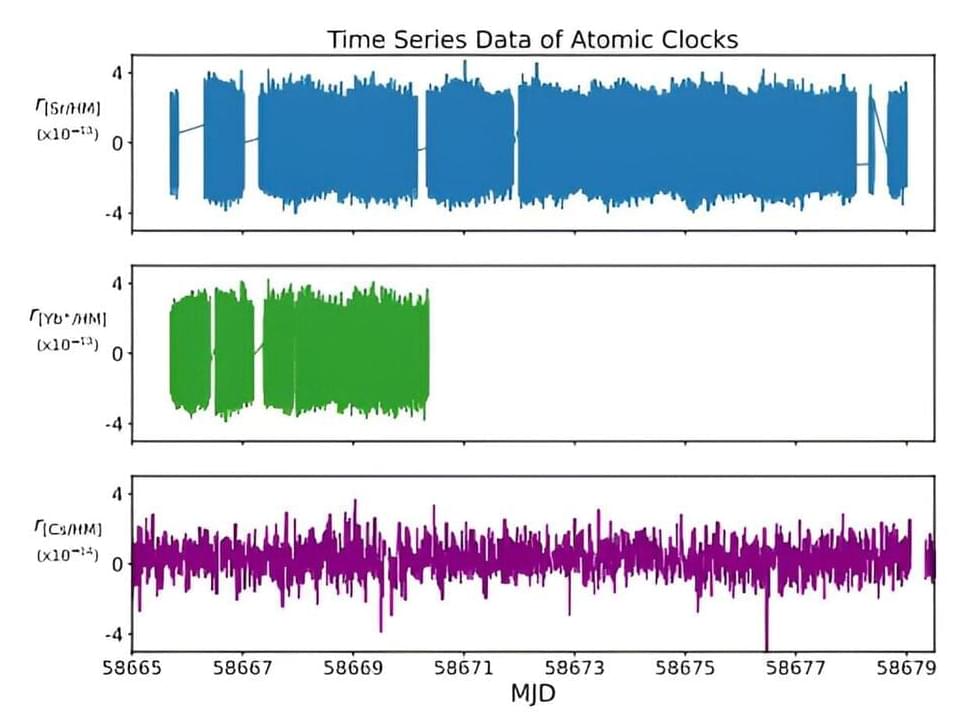Sep 6, 2023
Apple says iPhone and iPad apps will show up on the visionOS App Store from the get-go
Posted by Gemechu Taye in category: mobile phones
While Apple’s famed Vision Pro headset is not available for purchase, the company is making sure that users get plenty of apps to use when they finally get it. The company said today that iPhone and iPad apps will show up on the visionOS’ App Store on the launch day.
This means developers won’t have to do extra work to port their existing apps. Apple said that this fall, it will release a developer beta version of the visionOS including the App Store.
“By default, your iPad and/or iPhone apps will be published automatically on the App Store on Apple Vision Pro. Most frameworks available in iPadOS and iOS are also included in visionOS, which means nearly all iPad and iPhone apps can run on visionOS, unmodified. Customers will be able to use your apps on visionOS early next year when Apple Vision Pro becomes available,” the company said in a post.
